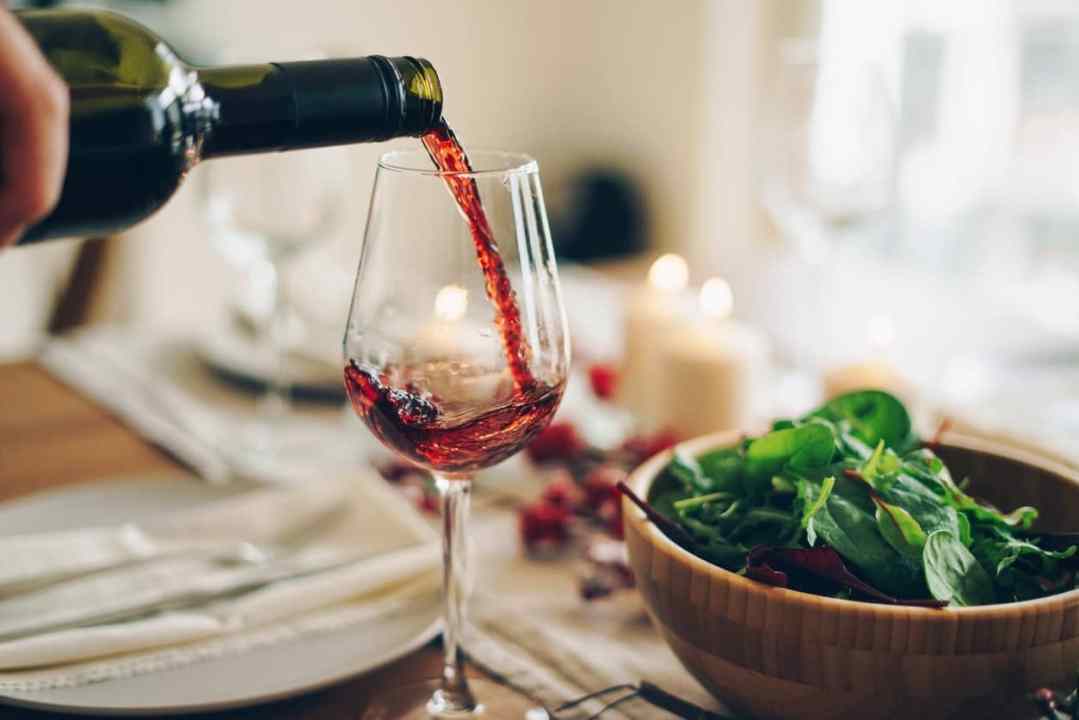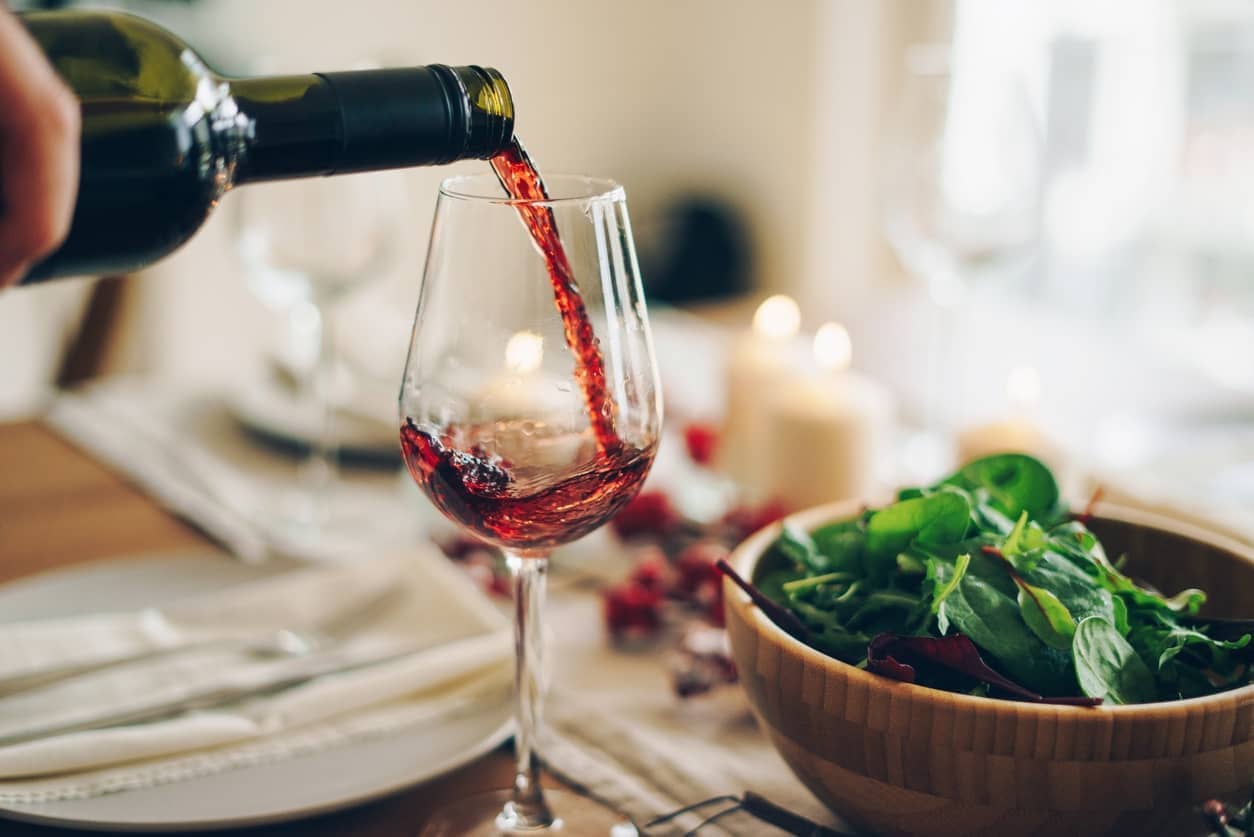I’m entirely convinced that, when drunk in moderation, wine is good for us, with its benefits far outweighing its potential harm. It certainly reduces stress, a contributory factor in around a fifth of all heart attacks, and helps us socialise, raising our ‘feel-good’ dopamine and serotonin levels. All of which should make us think twice about a completely dry January, whatever the level of our festive indulgence.
Red wines are high in chemical compounds such as resveratrol – an antibiotic agent and antioxidant which some studies suggest might play a part in protecting against heart attacks, strokes and cancer – and saponin, an antioxidant which might help reduce cholesterol.
If you need further encouragement, see The Wine Diet by Roger Corder, in which the good professor explains how moderate daily red wine consumption can keep one healthy.
The trouble is that with warmer temperatures resulting in riper grapes with more sugar to convert into alcohol, drinkers must take care in choosing their tipple. What we drink these days is far stronger than what our parents drank and it’s not unusual to find a claret, say, at 14%vol where once it used to be 12%.
Indeed, I have an empty bottle of 2016 Ch. Grand Village (£20; Justerini & Brooks) in front of me that I knocked back last night with a little help from Mrs Ray. A massively appealing Bordeaux Supérieur from a 10/10 vintage, it’s a hearty 15%vol. So well balanced is it, though, and so well made that one doesn’t notice the alcohol. But, having seen the label, we were forewarned and knew to take it easy, hard though it was not to drain each glass in one.
But the night before, I was almost completely undone at the home of a doctor friend. He served an absolutely gorgeous, conversation-stopping bottle of 2013 Recchia Amarone della Valpolicella Ca’ Bertoldi from the Veneto that was an awesome 16.5%vol. Given that a margin of error of 0.5 per cent is allowed in the declaration of alcoholic strength, and that winemakers invariably mark levels down so as not to frighten the horses, this meant that the wine was more likely to be around a whopping 17%vol. Unprepared, I took one gulp and was almost on the floor.
And so, with another alcohol-fuelled Christmas behind us, what should we be drinking this January, assuming we still fancy a glass and haven’t committed to the water wagon?
Well, German Riesling is a great place to start. Not only are the finest examples an absolute joy – fresh, clean, pure, lively; bone-dry to off-dry to sweet – they have always been extremely low in alcohol, often just 8%vol.
Whilst alcohol levels in general are rising, there is a trend among other producers to make lower alcohol wines, the tastiest of which I’ve had recently being the 2021 The Doctor’s Sauvignon Blanc (widely available for around £9.00) from Marlborough, New Zealand. Deliciously fresh with typical tropical gooseberry notes, it’s just 9.5%vol, so one can certainly have more than just the one glass.
Salty, tangy, manzanilla and fino sherries are excellent kick-starters to the appetite and I love them. Best of all, they’re also packed with Vitamin B6 (it’s something to do with the yeasty flor under which such sherries take shape) which can help break down alcohol, thus giving one’s liver an easier ride.
Historically, Tokaji, that great sweet wine of Hungary was virtually seen as a health drink. Berry Bros produced a booklet in the 1930s in cahoots with one Dr. F.W. Pavey. He explained that Tokaji ‘…may be advantageously recommended for rousing the powers and giving life to the enfeebled invalid’ whilst testimonials within the slim vol included one from a doctor declaring that ‘my patient would have been dead five weeks ago but for the vitalising effect of this astonishing wine.’ Another says ‘Send immediately one case of the wine that removes the screws from the coffin lid.’ Try some 2016 Royal Tokaji 5 Putts (£19.99 per 50cl; Majestic) and see what happens.
And finally, there’s armagnac, that great brandy from d’Artagnan country in Gascony, south west France. Domaine Tariquet XO (£28; Waitrose) is a regular standby in this house and, as long ago as the 14th century, a certain Cardinal Dufour was espousing the spirit’s merits. Armagnac, he declared, ‘…cures gout, cankers and fistula by ingestion, restores the paralysed member by massage and heals wounds of the skin by application… It enlivens the spirit, recalls the past to memory, renders men joyous, preserves youth and retards senility.’
Well, I’ll drink to that.







Comments